What We Know about Colleges and Universities that Have Thrived in a Declining Market
About 1,500 institutions of higher education that were operating in 2010 are no longer around today. Even more sobering, about 9,500 locations where students used to attend classes such as branch campuses and learning centers are also gone.
So, what do we know about the schools that closed, merged, or were acquired under duress?
First, despite foundational changes in the market, almost none of them did anything fundamentally different up until the day they closed their doors. Many cut costs, borrowed money, sold assets, eliminated programs, deferred maintenance and other accounts payable, tried new ways of fundraising, launched a new program or two, etc., but almost none of them actually addressed how they might be a compelling customer choice in a rapidly changing and declining market.
Moreover, although overall enrollment is down dramatically over the same period of time—in excess of four million students—a small number of institutions actually grew in the same period. To put this in perspective, virtually all enrollment growth occurred in less than 100 out of nearly 5,800 Title IV eligible institutions, and most of that occurred in less than 10 schools!
At the Transformation Collaborative™ we have learned what sets this very exclusive group of colleges and universities apart from the vast majority that have experienced flat or shrinking enrollment. So, what did they figure out, and more importantly, what were they able to do?
Although some issues are fairly unique in some institutions, there are broad themes that tend to show up across the small number of schools that have grown in a declining market, some of which we share below.
Enlightened leadership and boards/owners/investors
Clear value proposition for the student
o Not always about cost, but always about value and ROI
o Clear means to student ends
o Limited student debt
Market driven programs (and occasionally an actual product strategy)
Recognition of what the market actually is (post-secondary vs. higher education)
Low friction customer experience across the student lifespan
Technology as an enhancer of the student experience
Institutional ability to scale
Institutional view of higher education as a retail experience for the student and an unambiguous notion of students as customers
Efficient use of time and money for the student
o Generous credit transfer and credit for prior experience
o Accelerated completion
o Convenient, non-traditional scheduling
Robust industry partnerships
o Job ready curricula
o Real-world student experience
In short, institutions that have thrived and grown during an industry-wide decline (and global pandemic) are those that were willing to accept profound market changes and go to market based on what matters to students rather than what has traditionally mattered to other institutional stakeholders. In some cases, this has required transformational change and in other cases a retail, customer-centric approach to higher ed has been in the institutional DNA for a long time. In either case, these colleges and universities understand that their success, now and in the future, depends on their ability to adapt to the market realities in which they operate rather than to the needs of alumni or faculty or tradition or even regulatory and accreditation exigencies.
And, for those institutions that have had the foresight and courage to think and operate differently, the bizarre intransigence of most IHEs to reinvent themselves has been a boon. As noted at the beginning of this post, of the roughly 1,500 institutions that are no longer here, because most of them chose to fail rather than change, there is an outsized opportunity for the few who are willing to change—even if not yet able. In other words, higher education’s collective, neurotic adherence to the status quo presents substantial market openings to those few who have the courage to buck centuries of practice. And the great news is that with support from the Transformation Collaborative™, willingness is all that’s required to get started. We can provide the “able!”
